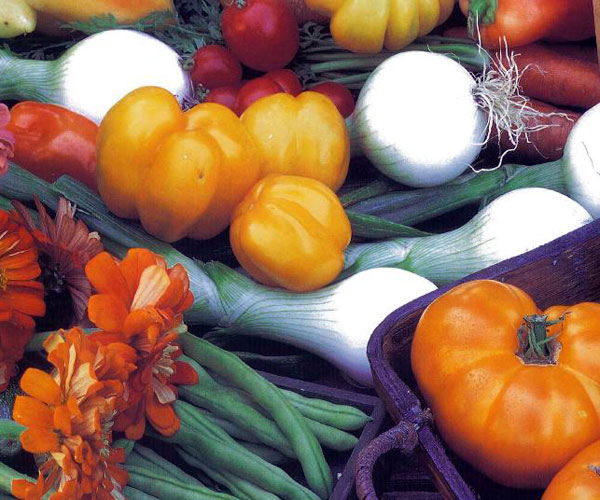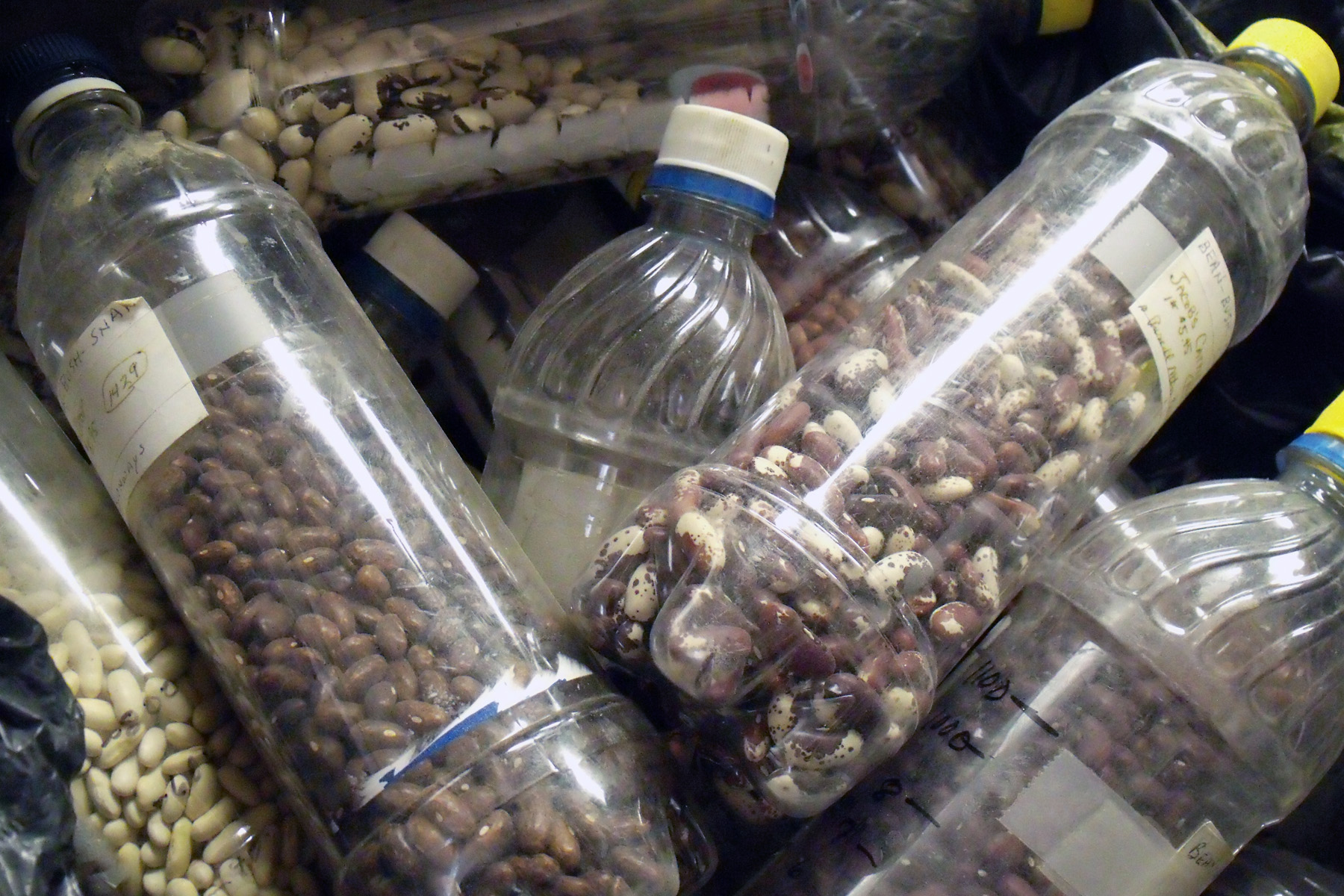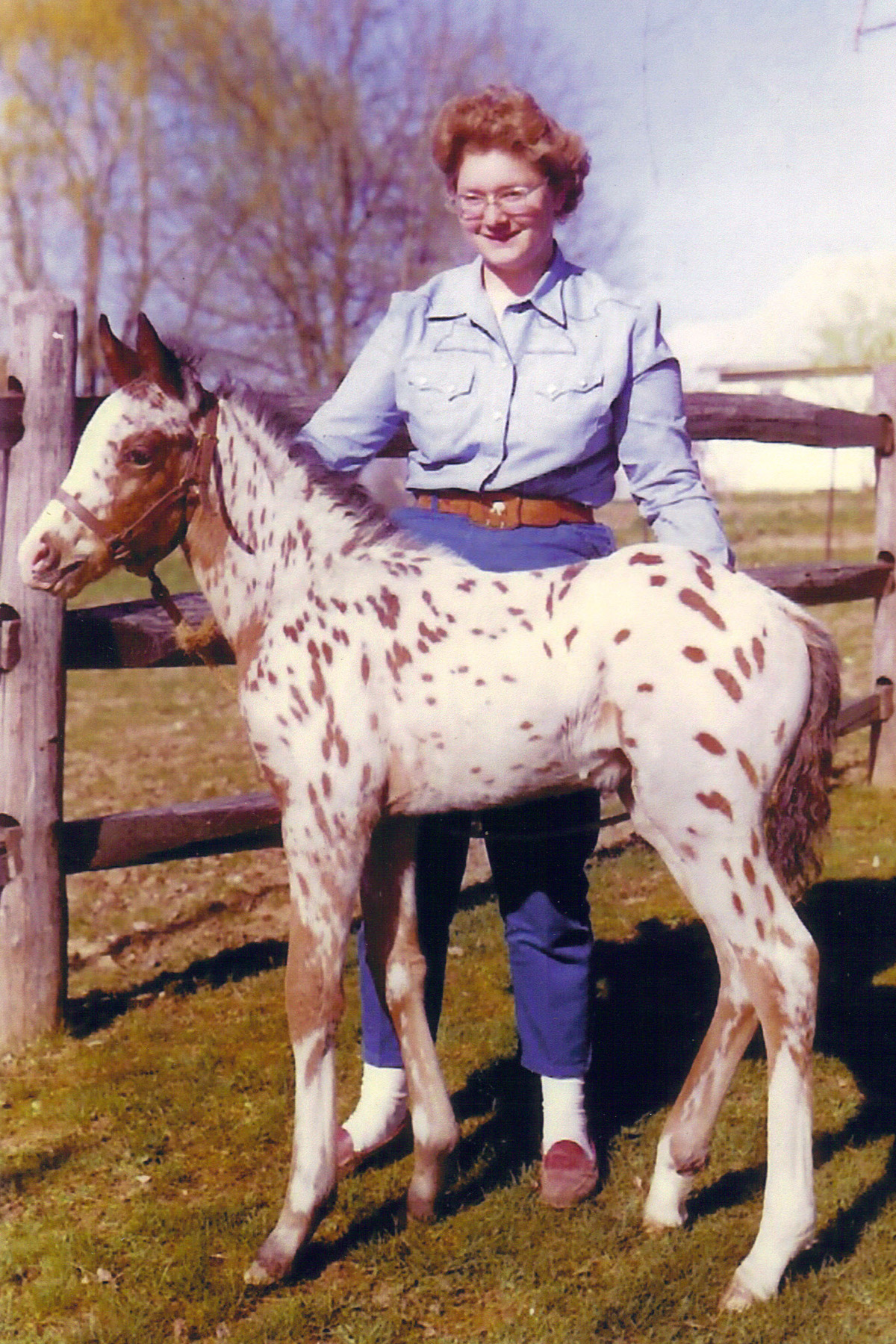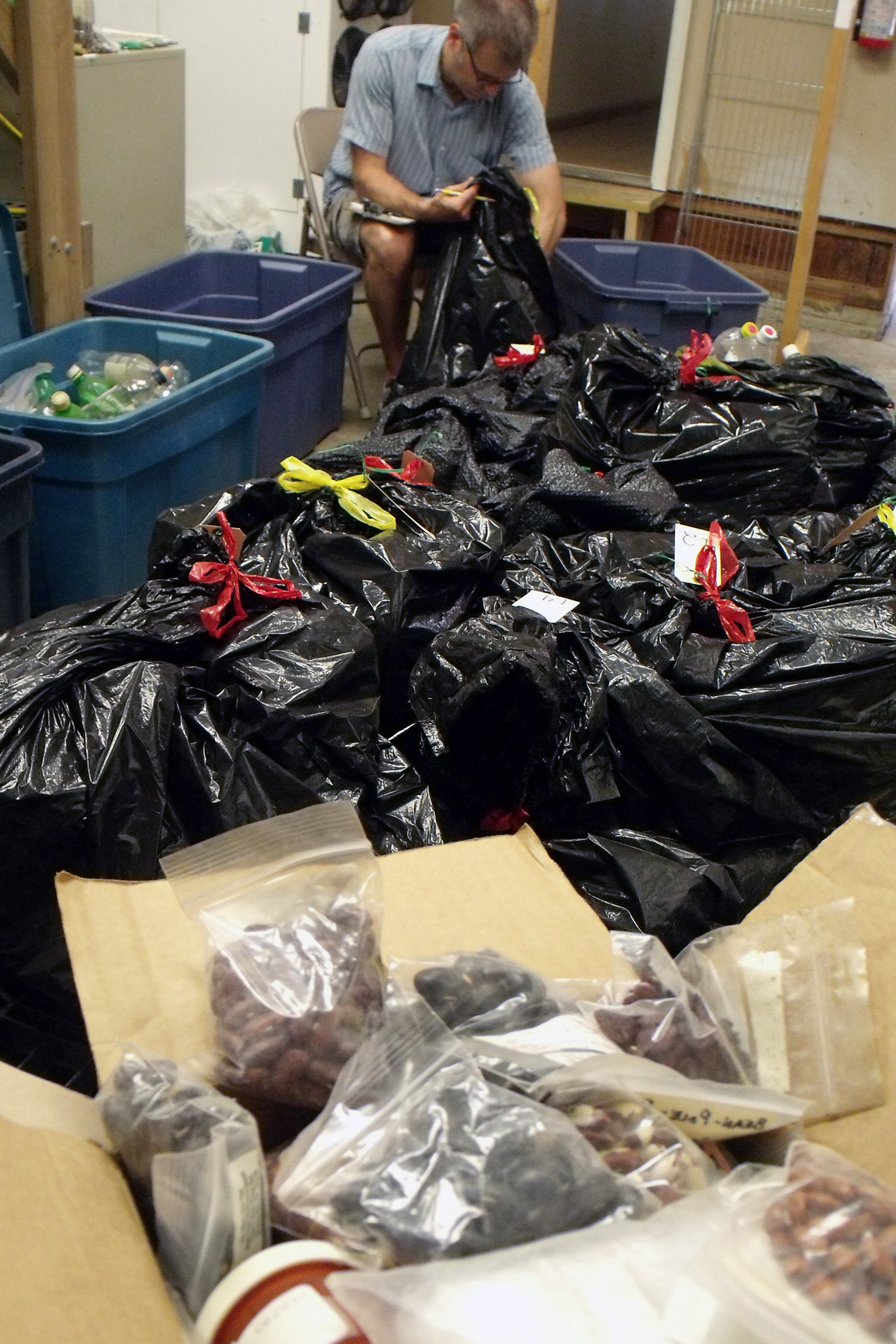With spring around the corner and a foot of snow still on the ground, the Seed Savers Exchange evaluation team has been evaluating dried legumes from last summer’s harvest. Beans, peas, and lima beans are soaked overnight and boiled until tender the next day. Cowpeas are not soaked, but are cooked the same. Once cooked, the evaluation team tastes each variety, taking notes on flavors and eliciting opinions from fellow lab staff. The following are some of the best flavored varieties grown in 2012:

SSE Collection: Bean 3461 ‘Alice Whitis’
These cooked dry beans were sweet with a smooth texture, excellent for baked beans. For fresh eating, the beans were easy to shell and had a meaty texture with a noticeable sweet flavor. While the pods were too fibrous to be enjoyed at the snap bean stage, this pole bean stood out as an all-around flavor winner for the 2012 growing season. John Inabnitt of Somerset, Kentucky donated this bean to SSE in 1992. Alice Whitis of Acorn, Kentucky gave the bean to John’s grandmother, and John’s aunt grew the bean after his grandmother died in the 1930s.
__________________________________________________________________

SSE Collection: Pea 94 ‘Jump’
These cooked peas had a rich, meaty, slightly sweet flavor with a smooth texture. The peas kept the brown mottled colorings when cooked. When eaten fresh, they had a slightly sweet flavor, but tasted far superior when used as dried peas. In the garden, this plant was a vigorous grower and prolific producer. Dennis Miller listed this pea in the SSE Yearbook from 1986 to 1991. His great-grandfather, Bill Jump, originally grew this variety in eastern Washington in the mid-1930s.
__________________________________________________________________

SSE Collection: Cowpea 16 ‘Swiss Gablie Bona’
This cowpea was slightly sweet, and had a good, firm texture. Jesse Yoakam donated the cowpea to SSE in 1988. His great-grandparents brought them from Switzerland many years ago. The English interpretation of the name is ‘Ladie Beans.’
__________________________________________________________________

SSE Collection: Lima Bean 282 ‘Wick’s Lima’
This lima bean had good texture with a sweet flavor when cooked. When eaten fresh, the beans had a dense texture and subtle sweet flavor. This pretty lima bean was donated by Helen Thomas in 2004. Helen obtained the bean in the 1960s from her husband’s grandmother, Wick B. Smith, of Sandyville, West Virginia.
Interested in growing these legumes? By becoming a member of Seed Savers Exchange you can access these and hundreds of other varieties in our annual Yearbook. Find out more about becoming a member and supporting the preservation of our endangered food crop heritage here.































